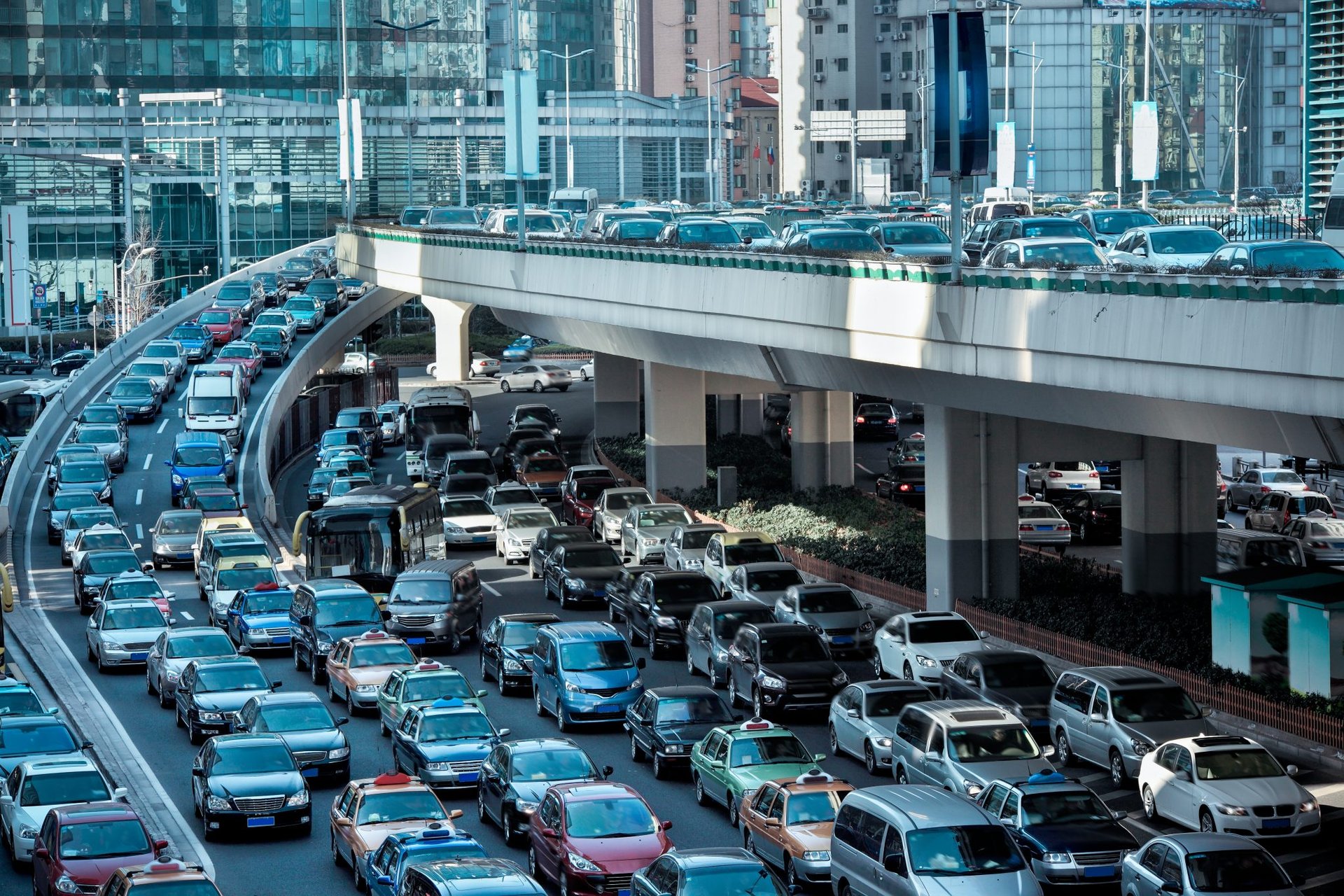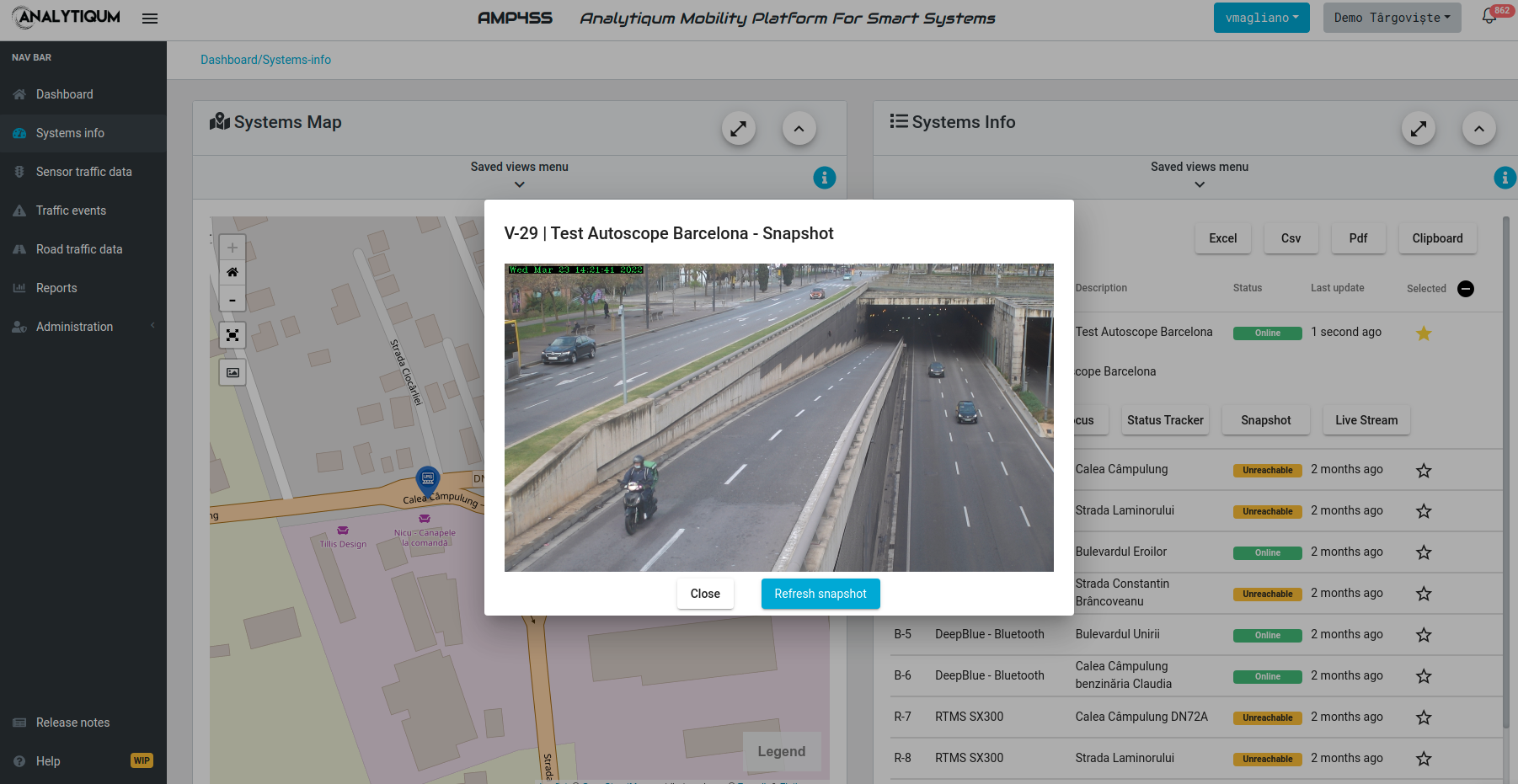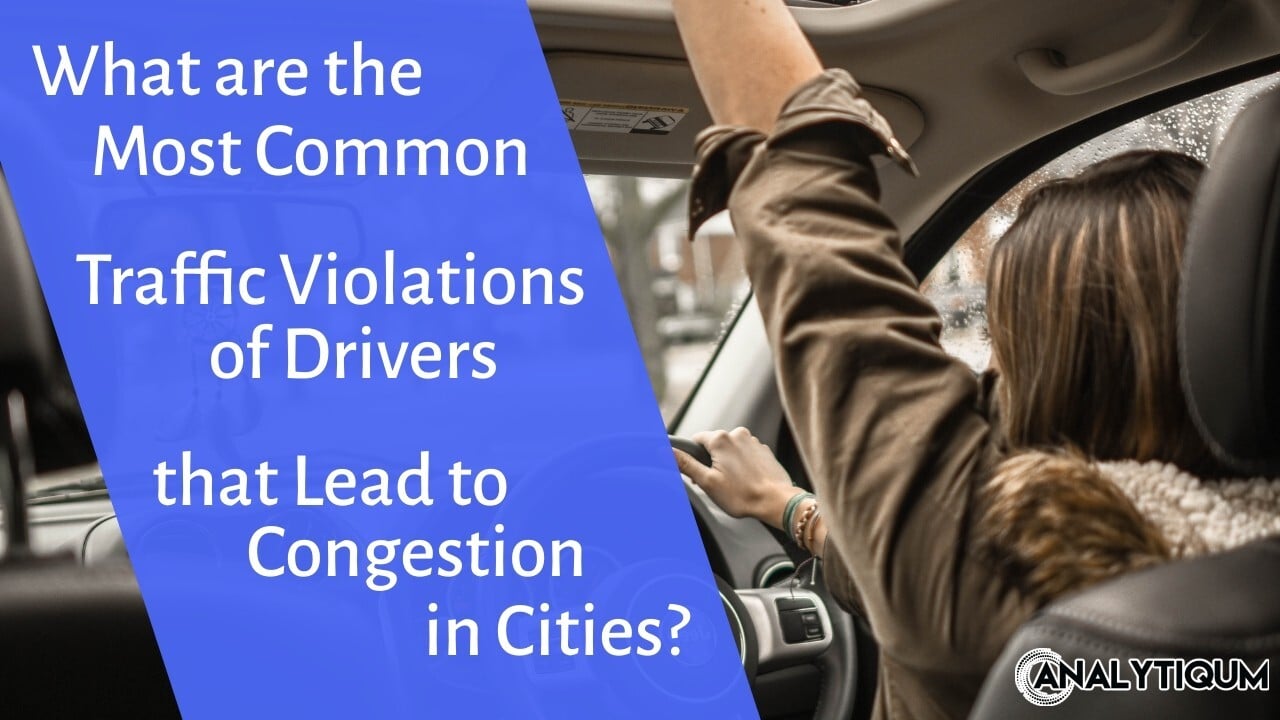One of the main reasons that traffic becomes congested on city roads is due to driver behavior. Many drivers engage in dangerous and reckless behaviors, such as speeding, running red lights, improper lane usage, following too closely ( tailgating) other vehicles, or texting while driving, which can lead to accidents and slow down the flow of traffic on the road. These violations put other drivers at risk and can cause significant delays. In order to avoid traffic congestion in cities, drivers should be aware of the traffic laws and drive responsibly.

Some of the most common traffic violations that lead to congestion are:
1) Speeding
Speeding is by far the most common violation that leads to gridlock. When drivers exceed the posted speed limit, it not only puts themselves and other motorists at risk but also slows down the flow of traffic. Studies have shown that even small increases in speed can lead to major decreases in capacity – meaning that if everyone on the road adhered to the speed limit, we would likely see a lot less congestion.
2) Running Red Lights
Running red lights is another dangerous behavior that can lead to accidents and traffic jams. When drivers fail to stop at a red light, it creates a hazard for other motorists who are following the rules of the road. It also disrupts the flow of traffic and can cause congestion.
3) Improper Lane Usage
Improper lane usage is another major contributor to Congestion. When drivers fail to stay in their designated lanes, it disrupts the natural flow of traffic and can cause accidents. This is especially true on highways where lanes are clearly marked and vehicles are traveling at high speeds.
4) Texting While Driving
Texting while driving is a growing problem on roads across the country. This dangerous behavior not only puts the driver at risk but also increases the likelihood of an accident. When drivers take their eyes off the road to text, they are more likely to swerve into other lanes or miss traffic signals. This can lead to serious accidents and traffic delays.
5) Following Too Closely (tailgating)
Following too closely, or tailgating is another common violation that can lead to congestion. When drivers follow other vehicles too closely, it reduces the amount of time they have to react to sudden stops or changes in traffic flow. This can often lead to accidents, which in turn can disrupt the flow of traffic.
Why do you think some drivers are more likely to cause traffic congestion than others?
There are a number of reasons why some drivers are more likely to cause traffic congestion than others. Aside from the given reasons above, another reason is that they may not be familiar with the area and may not know how to properly navigate the roads. Finally, some drivers may simply be impatient and may not be willing to wait their turn or follow the rules of the road.
How do you study driver behavior to try and mitigate its effects on traffic flow?
There are a number of different methods that are used to study driver behavior and its effects on traffic flow. One approach is to analyze real-time data from sensor systems on the road, such as travel time tracking and vehicle speed data. This can help to identify specific behaviors that may be contributing to traffic congestion, such as speeding or lane changes. Following too closely ( tailgating) can also be analyzed using automated traffic counters which can provide information like headway and gap. In combination with vehicle speed, it can provide very useful information regarding the safety of vehicles.
Other methods include using virtual reality simulations or conducting behavioral experiments on drivers to better understand how and why they make certain decisions.
Ultimately, the goal of these studies is to develop strategies and interventions that can help to reduce traffic congestion and improve road safety.
What countermeasures do you put into place to try and mitigate the effects of these behaviors?
There are a number of different countermeasures that can be implemented to try and mitigate the effects of traffic violations on congestion. For example, law enforcement agencies may increase their presence on the roads, using automated speed cameras or police patrols to enforce traffic laws.
In addition, roadway design and signage may be modified to improve visibility and encourage safe driving behaviors.
Finally, public education and awareness campaigns may be conducted to educate drivers about the dangers of speeding or texting while driving. By implementing these countermeasures, it is possible to reduce traffic congestion and improve road safety.
What are some of the limitations of these countermeasures?
There are a few limitations to consider when implementing countermeasures to reduce traffic congestion.
First, not all drivers will obey the law, regardless of the presence of law enforcement or educational campaigns.
Second, some roadways are simply not designed in a way that encourages safe driving, and so it may be difficult to change driver behavior without making significant changes to the road.
Finally, traffic congestion is a complex problem that can be affected by a number of different factors, such as weather or construction. As such, it can be difficult to completely eliminate traffic congestion with countermeasures alone.
Despite these limitations, countermeasures are still an important part of reducing traffic congestion and making the roads safer for everyone. By working to improve driver behavior and change the way that roads are designed, it is possible to make significant progress in reducing traffic congestion.
How do you think traffic engineers can use technology to change driver behavior?
Aside from technological advancements, there are a number of other countermeasures, including enhanced signage and road design, public awareness campaigns, and more police enforcement.
While technology can be used in a number of different ways to change driver behavior.
For example, Wifi and Bluetooth tracking systems can be used to monitor driver speed over a distance and provide feedback in real-time.

At critical road points, traffic counters (radar technology) can provide average speed and distance between vehicles information for each lane, providing critical data for traffic safety specialists.
Please book an introductory 30-minute call with the RTMS to learn more about the technology and how your city may enhance road safety.
This information can then be used to create targeted interventions, such as speed limit signs or enforcement cameras. In addition, simulations and experiments can be conducted using virtual reality programs, allowing engineers to study driver behavior in a controlled environment.
Overall, technology has the potential to be a powerful tool for changing driver behavior and reducing traffic congestion.
The use of traffic technology is just one of the many tools that traffic engineers may utilize to tackle congestion. The effectiveness of these measures will ultimately be determined by the collaboration and cooperation between drivers, traffic engineers, and policymakers alike. Everyone can contribute to reducing traffic congestion and making roadways safer for everyone in this manner.
The information collected in the AMP4SS Software Platform can assist cities to find solutions to prevent road traffic fatalities related to excessive speeding, running red lights, or tailgating vehicles which can lead to more severe injuries.

Law enforcement personnel can utilize speeding event information, as well as travel time data, to identify areas where countermeasures might be taken.
So, while traffic congestion is a complex issue, there are many ways to address it. By using technology, collaborating with others, and being aware of the benefits of reducing congestion, we can all play a role in making our roads safer and our cities more livable.
If you want to know more about how AMP4SS can support your city goals to improve traffic safety, please feel free to book a 30 min demo with us: AMP4SS_traffic_data_analysis

